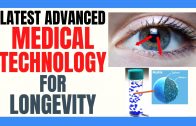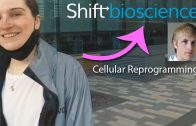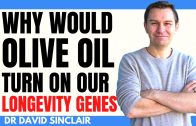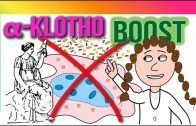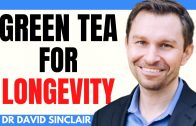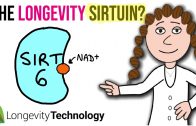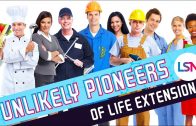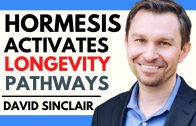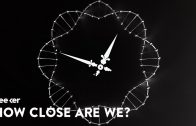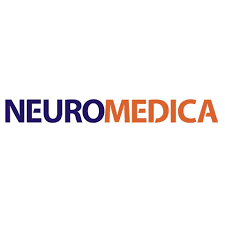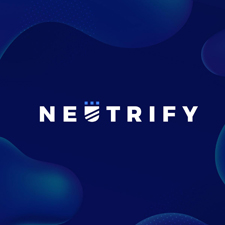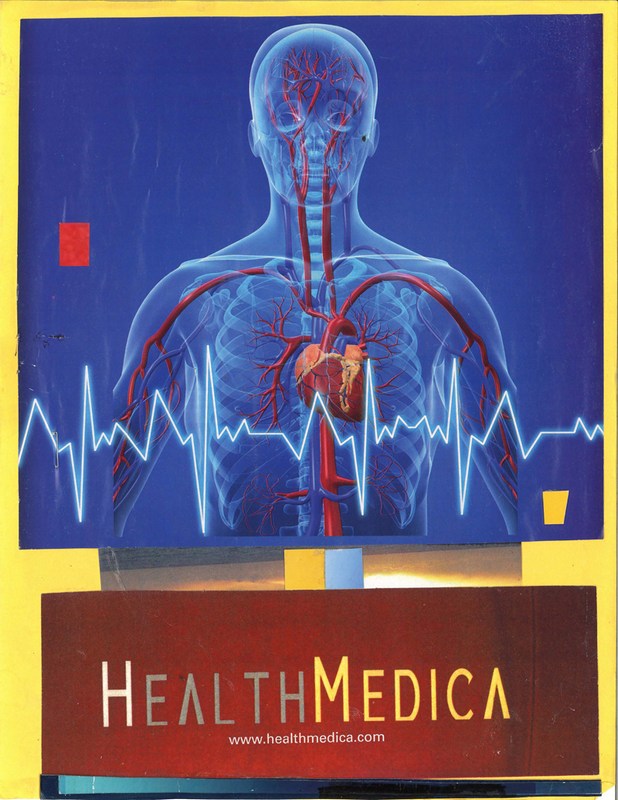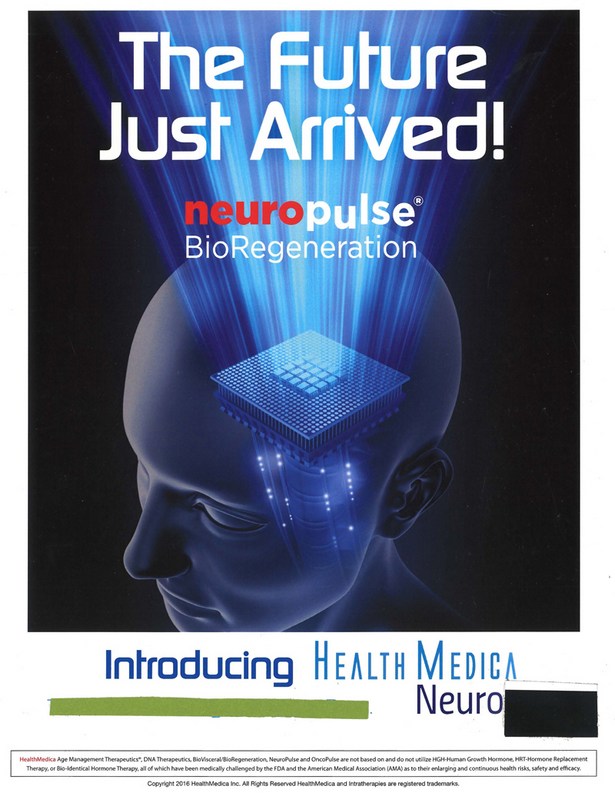Targeting Safe Cellular Rejuvenation for Longevity – Shift Bioscience
At Shift Bioscience, Dr. Daniel Ives is making drugs for safer cellular rejuvenation in humans through the application of machine-learning ‘driver’ clocks to cellular reprogramming. Daniel is also a founding fellow of the OnDeck Longevity Biotech fellowship, a continuous community for people to come together to build, join, or invest in revolutionary longevity biotechnology startups.
FOLLOW US
▀▀▀▀▀▀▀▀▀▀▀▀▀▀▀▀▀▀▀▀▀▀▀▀▀▀
https://www.lifespan.io
https://www.facebook.com/lifespanio
https://www.instagram.com/lifespan.io/
DESCRIPTION
▀▀▀▀▀▀▀▀▀▀▀▀▀▀▀▀▀▀▀▀▀▀▀▀▀▀
As a University of Cambridge PhD student, Daniel joined Ian Holt’s group at the Mitochondrial Biology Unit to pursue damage-removal strategies for mitochondrial DNA mutations, which cause rare mitochondrial disease and are sufficient to accelerate aging phenotypes in mouse models. Harnessing publicly available transcriptome data from the NCBI GEO database, Daniel used a computationally guided screen to identify small-molecule tools that eliminate mitochondrial DNA mutations. Daniel followed Ian to the Crick Institute to further validate these small-molecule tools (publication pending).
In 2016, Daniel left the Crick Institute and personally funded aging-focused experiments using local contract research organizations (Total Scientific, now RxCelerate). Once friend and family financing was exhausted, Daniel approached Cambridge angel Jonathan Milner and with his support, Shift Bioscience was founded to commercialize mitochondrial drugs for age-linked diseases, quickly embracing a breakthrough aging biomarker – DNA methylation or epigenetic aging clocks. These clocks clarified the role of mitochondrial DNA mutations in physiological ageing and pivoted Shift to a first-principles approach to drug-target discovery for rejuvenation.
Daniel helped guide Shift intern Brendan Swain (U. Cambridge PhD student) to develop a single-cell ageing clock built from transcriptome data. This enabled a CRISPR screen for ageing on the 10X Genomics Chromium platform, but more excitingly, the constituent genes of the clock were enriched for functional ‘drivers’ of ageing phenotypes, suggesting this was a causal or ‘driver’ clock for ageing. The same clock methodology was used to extract non-pluripotent candidate drivers of rejuvenation from a cellular reprogramming time-course (OSKM).
HOW CAN YOU SUPPORT US?
▀▀▀▀▀▀▀▀▀▀▀▀▀▀▀▀▀▀▀▀▀▀▀▀▀▀
Lifespan.io, a 501(c)(3) nonprofit organization.
► Support us with monthly donations by becoming a Lifespan Hero:
https://www.lifespan.io/hero
► Subscribe: http://www.youtube.com/user/LifespanIO
► Learn more, and help us: https://www.lifespan.io
#EARD2021#Longevity #Reversingthymus #RegenerativeMedicine #SurvivingTogether #GregGrinberg #CaloricRestriction #DoctorAnswer #SlowAging #lifeextentionresearch #lCellularRejuvenation #DrIves #Bioscience

